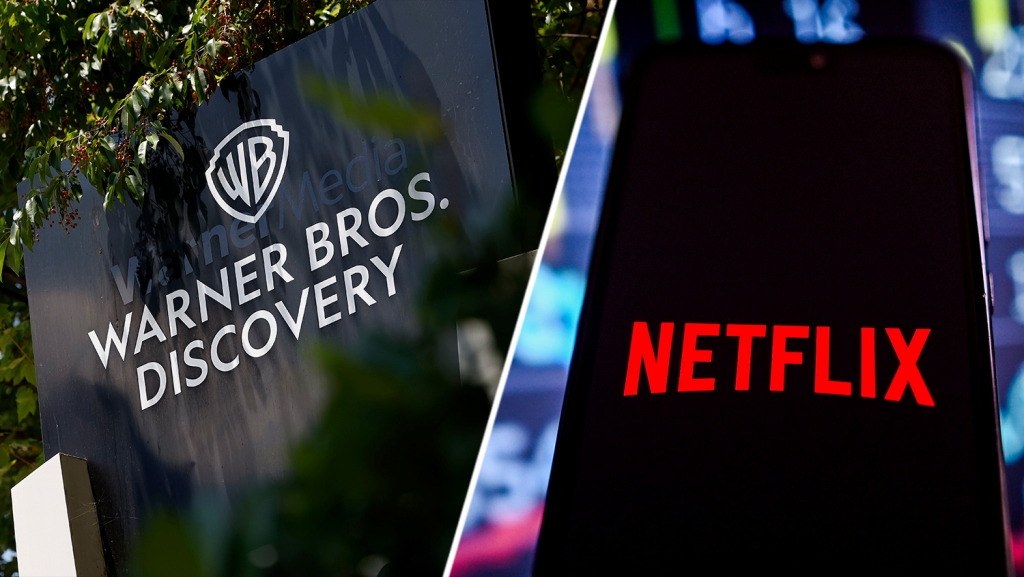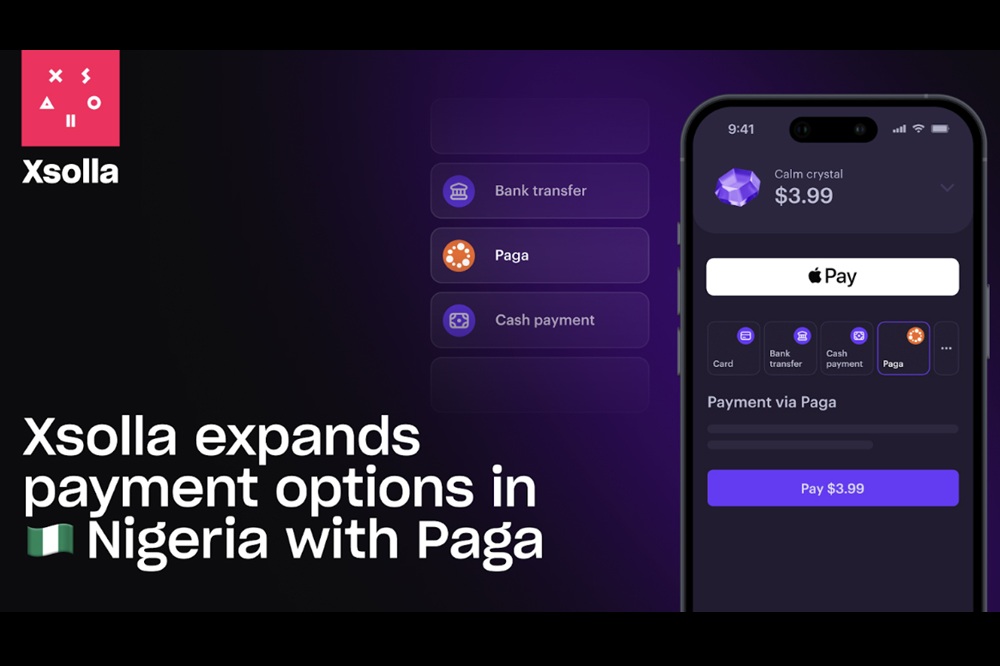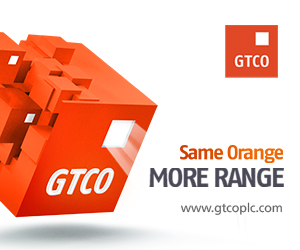Brands/Products
Business 101: How to Start Your Own Brand of Tea

Business owners are a special type of person. They are a determined group of people who are interested in taking a risk and figuring out what they can do to make a profit for themselves. Some of these individuals have been looking at how they can potentially open up a business selling tea.
Selling Something That You Love
One of the best things about being a business owner is that you can potentially sell something that you enjoy. Those who open a tea business are looking to sell something that they enjoy in their daily life. The tea business is a great one to get involved with because it is so easy to customize the various teas that you sell to the public. You can blend up your own flavours and deliver something to people that they have never had the ability to experience before. If you strike just the right chord, then you may see the value of your business skyrocket.
Will You Sell Online?
The tea business is one that is easy to transfer online. Sure, you can find a place with help from consultants like this site and open tea shops and sell to customers who decide to come in and try a delicious brew with you, but you don’t have to stop at that point. You can also make the choice to sell your creations online as well. In fact, it is incredibly important to make sure that you at least offer your most popular flavours online.
Customers love this because it means that they can get their hands on teas that they might not otherwise have had access to. This is to say that they may enjoy a specific tea from their home country that they are unable to get their hands on when they move abroad. If they can purchase that tea from a website that sells their favourites like this, then they are likely to be happy with the end result of what has happened here.
You may be able to build up quite the collection of adoring fans because you sell the teas that they crave online in a way that allows them to purchase online.
Ensuring That Your Business Will be Profitable
It is a lot of fun to create some of your favourite teas for family and friends, but that is not going to cut it when it comes to running a business. You must think about what will make your business as profitable as possible, and that means discovering the types of tea that people love the most and offering that to them.
You will need to set up your business as a legal entity and also observe what the competition is doing. Not only do you want to know what the competition is doing so that you know what steps to take for yourself, but also because you need to discover ways that you can outcompete them.
If you know what your competition is doing, then you are more likely to come up with ways to outmanoeuvre them and get to the point where you can count on creating a business that is far more profitable than what your competition has been able to do.
Knowing Your Customer
Companies need to know who their target customer is at all times. If they don’t pitch their target customers with the information and marketing that they need, then it is likely going to be extremely difficult for that business to get up off the ground and running. They won’t be able to lock in the core base of people that they need to make their business as profitable as it should be. Sadly, many companies completely miss the market on this because they aren’t paying attention to the type of people who are most likely to want their product.
A little market research goes a long way in identifying the types of customers who can propel your business to the next level. If you put in the work today, you will very likely discover that it yields results for you going forward.
Create a Website
Finally, you will need to create an easy-to-navigate website no matter if you intend to sell online or not. People may want more information about your brand, and the easiest way for them to gather those details is to go to your website for more details. It should be as comprehensive as possible, but you should also make sure that it is easy to use and not TOO busy. People just want the facts that they need about your business without all of the distractions.
At the end of the day, you can become profitable and run a beautiful tea store if you set your mind to it. We sincerely hope that these starter tips will help you on that journey.
Brands/Products
Netflix to Buy Warner Bros. Discovery in $82.7bn Mega Deal

By Adedapo Adesanya
Netflix has reached a deal with Warner Bros. Discovery to buy the legendary TV and movie studio and assets like the HBO Max streaming service for $82.7 billion.
Warner Bros. Discovery is moving forward with its plans to split into two publicly traded halves in 2026. Once the split takes effect, Netflix intends to acquire the Warner Bros. half. The other half, Discovery Global, will house CNN and other cable channels. The Warner Bros. half includes its film and television studios, HBO Max and HBO.
The transaction values Warner Bros. Discovery at $27.75 per share, implying a total equity value of approximately $72.0 billion and an enterprise value of approximately $82.7 billion.
The deal is subject to regulatory conditions, of which there will be several, due to the size of the companies involved and what it means for competitiveness.
For several weeks, Paramount was thought to be the frontrunner in the auction for Warner Bros. Discovery. Paramount executives, who want to buy all of Warner Bros. Discovery – including its cable assets – were confident about their merger proposal and their mutually beneficial relationship with President Donald Trump.
However, Netflix surprised many with the boldness of its bids as it agreed to the same costly breakup fee that Paramount proposed, according to reports. This means the would-be buyer will pay Warner Bros. Discovery billions of dollars if the deal is not completed.
“Our mission has always been to entertain the world,” said Mr Ted Sarandos, co-CEO of Netflix. “By combining Warner Bros.’ incredible library of shows and movies—from timeless classics like Casablanca and Citizen Kane to modern favorites like Harry Potter and Friends—with our culture-defining titles like Stranger Things, KPop Demon Hunters and Squid Game, we’ll be able to do that even better. Together, we can give audiences more of what they love and help define the next century of storytelling.”
Mr Greg Peters, the other co-CEO of Netflix, said the acquisition would “improve our offering and accelerate our business for decades to come,” adding: “Warner Bros. has helped define entertainment for more than a century and continues to do so with phenomenal creative executives and production capabilities. With our global reach and proven business model, we can introduce a broader audience to the worlds they create—giving our members more options, attracting more fans to our best-in-class streaming service, strengthening the entire entertainment industry and creating more value for shareholders.”
“Today’s announcement combines two of the greatest storytelling companies in the world to bring to even more people the entertainment they love to watch the most,” said David Zaslav, President and CEO of Warner Bros. Discovery. “For more than a century, Warner Bros. has thrilled audiences, captured the world’s attention, and shaped our culture. By coming together with Netflix, we will ensure people everywhere will continue to enjoy the world’s most resonant stories for generations to come.”
The terms of the agreement will see each Warner Bros. Discovery shareholder receive $23.25 in cash and $4.50 in shares of Netflix common stock for Warner Bros. Discovery common stock share.
Brands/Products
Video Gaming Firm Xsolla Offers Nigerians Paga Payment Option

By Aduragbemi Omiyale
A global video game commerce company, Xsolla, has integrated Nigeria’s Paga into its payment system, allowing Nigerians more secure payment options.
Xsolla helps developers launch, grow, and monetize their games and with a large market available in Nigeria, with a population of over 230 million people, working with Paga is a good idea.
With services like Pay with Paga, Bank Transfers with Paga, and Cash by Paga, Xsolla provides a comprehensive payment solution that caters to diverse needs.
Serving more than 20 million users and processing massive volumes nationwide, Paga is one of Nigeria’s largest licensed mobile-money operators.
By integrating Paga’s full suite of payment options, players can enjoy seamless transactions, whether through quick in-app purchases, bank transfers, or cash deposits – with instant confirmations and reduced friction for all types of payments.
“Introducing Paga as a new payment method to players in Nigeria reflects our commitment to meeting players where they are,” said Chris Hewish, President at Xsolla.
“Paga’s strong local presence and trusted platform make it easier for Nigerian players to engage confidently, ensuring that convenience and security go hand in hand.”
From Nigeria to the world, Xsolla provides every payment method developers need to grow and monetize their games globally.
Local payment methods are crucial, enabling developers to reach every player, increase transaction conversions, and drive more sales and revenue. With Paga in Nigeria, it’s easier than ever to pay, play, and succeed.
Key benefits of the Paga integration include instant confirmations, localized experiences, and increased market reach and conversion.
Brands/Products
Temu Partners Dellyman to Scale Logistics Capabilities Across Nigeria

By Modupe Gbadeyanka
As part of its strategies to aggressively scale its logistics capabilities across key African markets, especially in Nigeria, the fast-growing global e-commerce powerhouse, Temu, has entered into a delivery partnership with Lagos-based logistics startup, Dellyman.
Through this collaboration, Temu customers in Nigeria will experience faster, more predictable, and more transparent deliveries, a critical factor in sustaining the platform’s customer satisfaction as order volumes continue to rise.
Dellyman’s technology-driven approach, spanning rider management, route optimisation, and customer visibility, played a central role in Temu’s selection process.
In the pilot phase, Dellyman completed more than 1,300 deliveries with a 95 per cent success rate, demonstrating its readiness to support large-scale e-commerce operations nationwide.
Founded in 2020, the firm has grown into one of Nigeria’s most reliable same-day and last-mile delivery platforms.
The company recently achieved a 10,000-order monthly delivery milestone in November 2025, contributing to a cumulative total of more than 300,000 lifetime deliveries.
This track record made Dellyman a strong fit for Temu, which is aggressively scaling logistics capabilities across key African markets.
“Our partnership with Temu is a major endorsement of the vision we set out with, to build Nigeria’s most reliable, scalable, and transparent last-mile delivery infrastructure.
“Achieving a 95 per cent delivery success rate during the pilot underscores our readiness to support high-volume e-commerce platforms.
“This collaboration shows that local startups can meet and exceed global standards when given the opportunity,” the chief executive of Dellyman, Mr Dare Ojo-Bello, said.
He further noted that the partnership represents more than operational growth as it signals a shift in how global e-commerce brands view Nigerian logistics capabilities.
“This is not just about fulfilling orders; it is about reshaping perceptions of what Nigerian delivery companies can achieve. We are committed to building the kind of infrastructure that supports international standards, empowers local businesses, and ultimately strengthens consumer trust in the broader digital economy,” he noted.
Mr Ojo-Bello added that Dellyman will continue investing in capacity, fleet expansion, and merchant-facing tools to ensure superior delivery experiences for Temu buyers and other online shoppers nationwide.
-

 Feature/OPED6 years ago
Feature/OPED6 years agoDavos was Different this year
-
Travel/Tourism9 years ago
Lagos Seals Western Lodge Hotel In Ikorodu
-

 Showbiz3 years ago
Showbiz3 years agoEstranged Lover Releases Videos of Empress Njamah Bathing
-

 Banking7 years ago
Banking7 years agoSort Codes of GTBank Branches in Nigeria
-

 Economy3 years ago
Economy3 years agoSubsidy Removal: CNG at N130 Per Litre Cheaper Than Petrol—IPMAN
-

 Banking3 years ago
Banking3 years agoFirst Bank Announces Planned Downtime
-

 Banking3 years ago
Banking3 years agoSort Codes of UBA Branches in Nigeria
-

 Sports3 years ago
Sports3 years agoHighest Paid Nigerian Footballer – How Much Do Nigerian Footballers Earn













